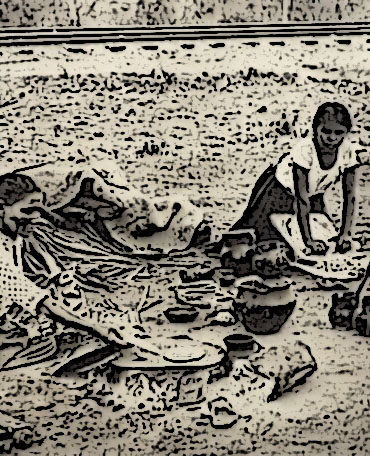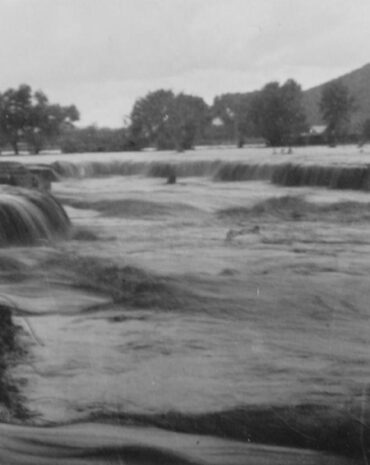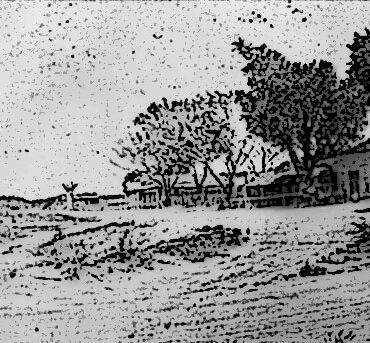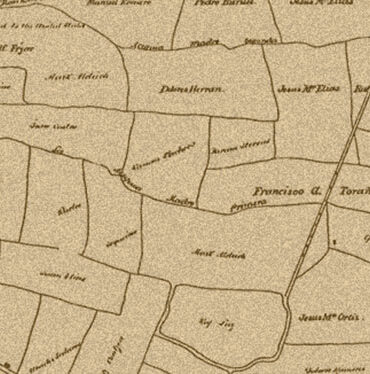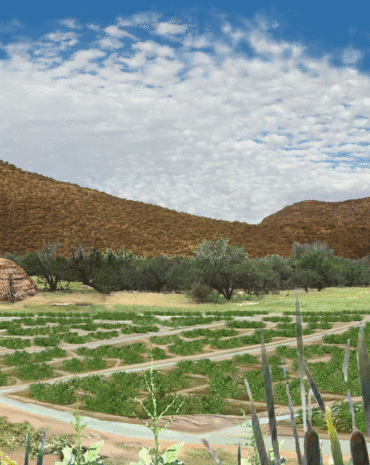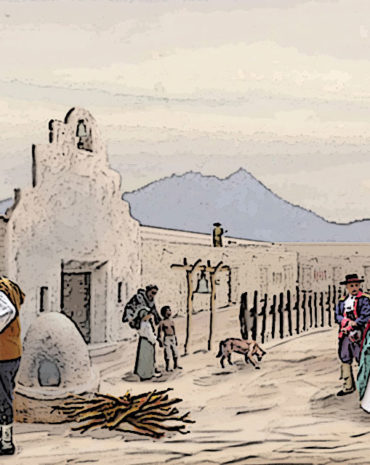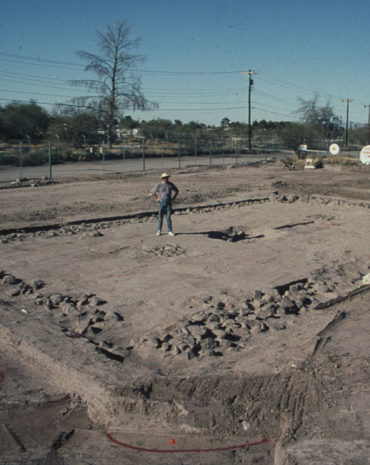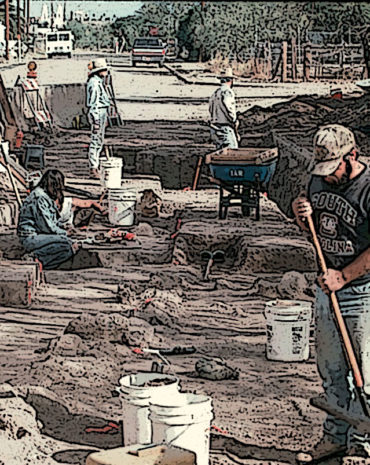 Jun 14
Jun 14Well-Seasoned: Historical Perspectives on Precontact Pottery Making
What started out as a reexamination of schist temper led Desert Archaeology ceramicist James M. Heidke to review evidence regarding the time of year precontact pottery may have been made. Fontana and others found that mid-20th century Tohono O’odham potters only made vessels during the hot summer months, both for…


